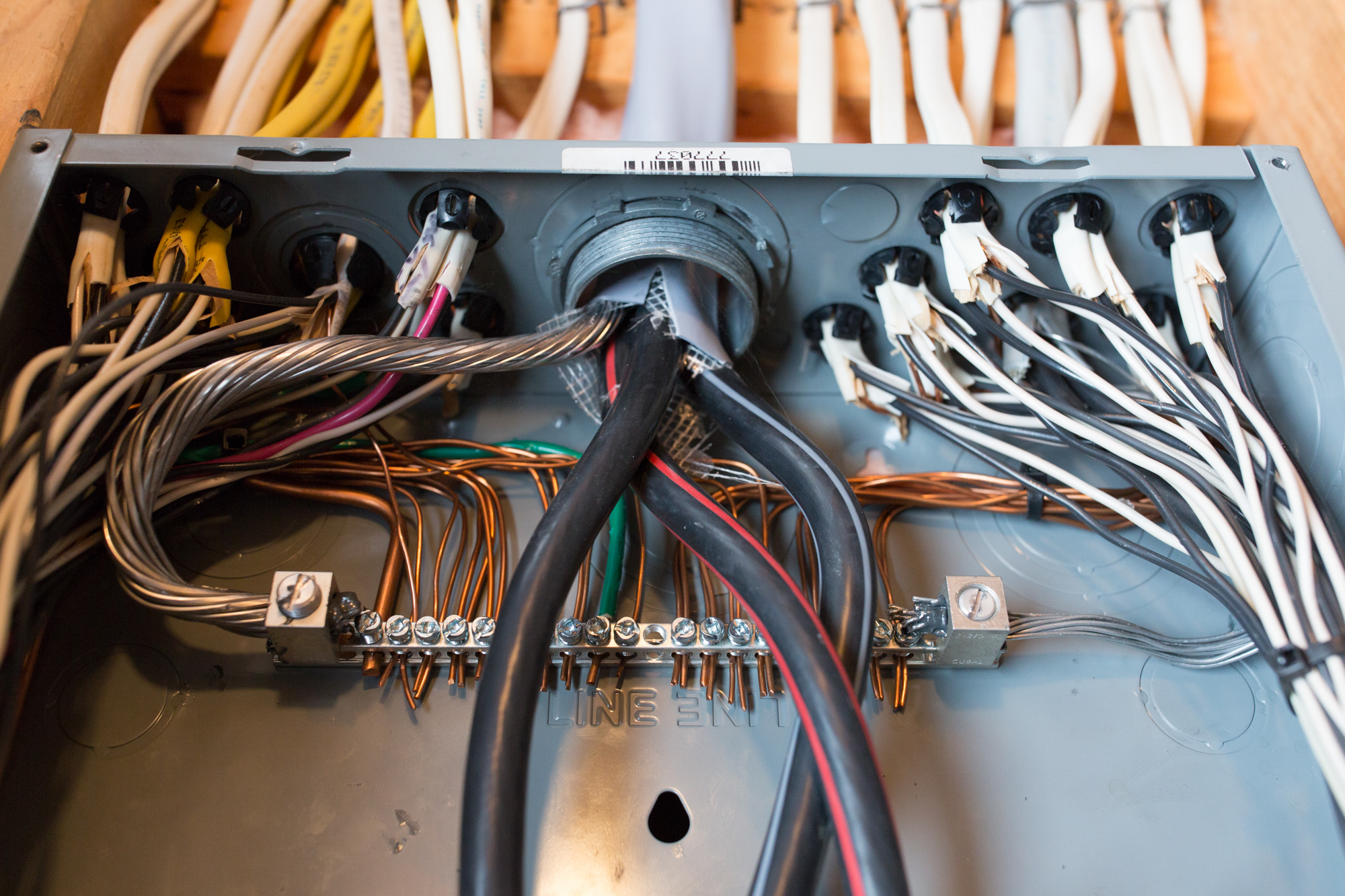Minneapolis & St. Paul Electrical Panel Services & Upgrades
When it comes to your home’s electrical components, the electrical panel, or circuit breaker box, is the heart of the system. The master electricians at 4Front Energy have comprehensive training and experience with every electrical brand and application. We specialize in adding superior value to your property and comfort to your life.
To learn more about electrical panel services in the Twin Cities area from 4Front Energy, call us at (952) 933-1868.

Panel Upgrades
Upgrading your electrical panel greatly reduces the likelihood of safety-related problems, improves your home’s ability to handle electricity efficiently, and enables newer technology support for your home. When you work with the pros at 4Front Energy on an electrical panel upgrade project, we’ll go through four steps together:
- Complete a contact form to help us understand your needs and how we can help.
- We’ll set up an estimator consultation appointment to plan the project.
- You’ll get a proposal and estimate from us describing the work details involved in the project.
- Fully licensed electricians will perform the work quickly and efficiently, addressing any concerns or questions you may have along the way.
Expert Repair
Electrical panels generally have a life span of 20 to 30 years. At that point, you may see the panel show signs that it’s time to repair or replace the system. These signs include:
- Shocks: A properly functioning electrical system should never cause shocks when touching components, turning lights off or on, or plugging or unplugging electrical appliances. If this does happen, schedule an electrician immediately.
- Burnt switches and outlets: There should never be any evidence of excessive heat, such as smoke, sparks, flames (even small ones), or burn residue associated with your switches or outlets. Such signs could indicate your electrical panel isn’t working correctly.
- Flickering lights: If new bulbs or lights flicker, buzz, or dim, this could mean a problem with the electrical panel.
- Tripping breakers: Circuit breakers that trip regularly are a good indication there may be a problem with the electrical panel. Get it checked out soon.
In the Twin Cities area, call (952) 933-1868 to schedule electrical panel repair services with 4Front Energy today.
Why Choose 4Front?
We’re a service company, not a sales company. Our goal is to provide exceptional results and customer service for your electrical needs. Our technicians service all brands, are licensed and insured, and are committed to getting your job done right the first time.
If you need electrical panel services in the Twin Cities area, call 4Front Energy at (952) 933-1868 and speak with our experts today.
Electrical Panel FAQs
Why does my electrical panel smell like smoke?
This could mean wires within the panel may have shorted or some associated component is melting. Either way, this could mean there has already been or still be an electrical fire. Take that possibility seriously and have a professional assess the panel immediately.
How long does it take to replace electrical panels?
In most cases, replacing an electrical panel can take anywhere from three to eight hours. Certain factors can affect this estimate, such as the complexity of your home’s electrical system, the number of electricians working on the project, and the specific electrical panels being removed and installed.

